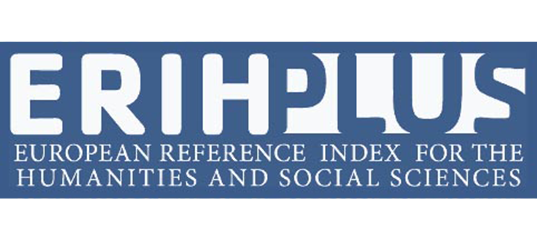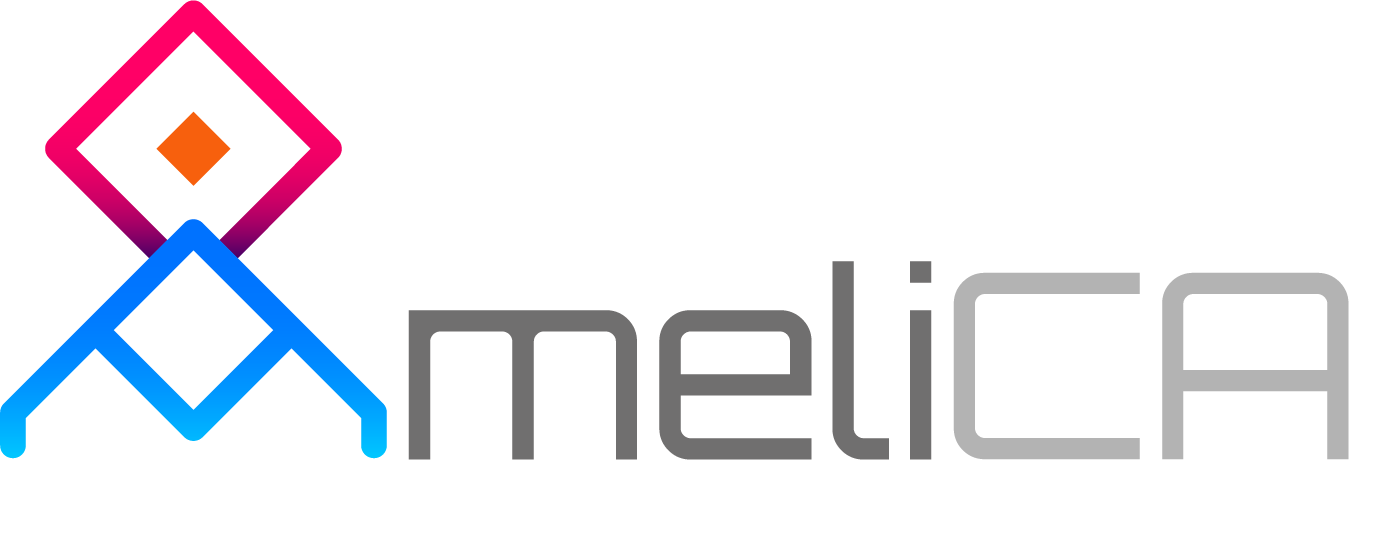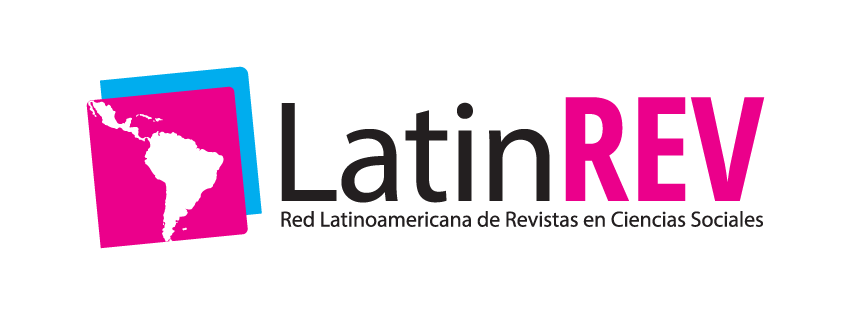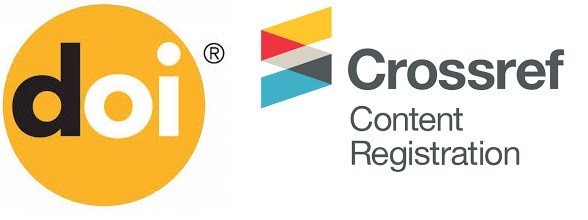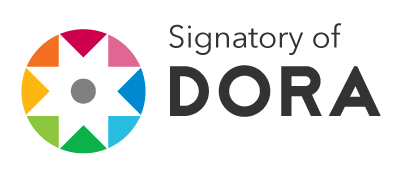Author Guidelines
Article Format
About of appropriate language and style for writing articles:
- Authors must use clear, simple sentence structures, avoiding overly complex or lengthy sentences to ensure accessibility.
- Vocabulary should be concise and common, with technical terms briefly explained. Acronyms must be defined upon first use in the text.
- Authors are responsible for conducting their work ethically and professionally, adhering to principles of academic integrity.
About the length of articles:
Articles must range between 6 and 12 pages in A4 format, single-spaced, with 2 cm symmetric margins (approximately 6,000 words, including text, references, figures, and tables). For review articles, the 12-page limit excludes references. Articles exceeding this limit will be evaluated by the Editorial Committee on a case-by-case basis.
About the presentation format:
Submissions must be original, unpublished works written in English or Spanish, prepared in Microsoft Word (2003 or later) or LaTeX, and adhere to the following:
- Gill Sans MT, 9 points (except it is required for some sections).
- Double-column, single-spaced.
- All the margins 2 cm.
- Paragraphs should be justified without spaces between consecutive and without cutting words.
- Do not include page breaks or section finals.
- Use italics (not bold) for emphasis.
- Decimals should be pointed out with a comma (,) and not with a period (.).
- Thousands and millions separated with a thin space (e.g.,
1 000,1 000 000). - Avoid footnotes.
- Arabic nomenclature must be used only until the third level. (e.g., 1, 1.1, 1.1.1).
Articles must follow the journal's template, available at: Word Template — LaTeX Template.
Submission Process
Authors must register in the journal's online submission system and complete a five-step submission process. Upon submission, the corresponding author will receive a confirmation email and can track the article's status. If accepted, authors must address corrections recommended by reviewers and the Editorial Committee prior to publication.
Article Types
The Ecuadorian Science Journal accepts the following article types:
- Research Articles: Original works presenting results from the authors' research. These include an introduction contextualizing the study's significance, a methodology section detailing procedures, a results section presenting findings, and a discussion interpreting results relative to existing literature.
- Review Articles: Critical summaries of existing literature on a specific topic. These include an introduction outlining the topic's context, a methodology section describing study selection criteria, a results section summarizing findings, and a discussion evaluating evidence quality and recommending future research.
About the article structure:
Articles must include the following components:
- Title (in English and Spanish, mandatory)
- Abstract (in English and Spanish, mandatory)
- Keywords (in English and Spanish, mandatory)
- Introduction (mandatory)
- Materials and Methods (mandatory)
- Results (mandatory)
- Discussion (mandatory)
- Conclusions (mandatory)
- Future Work (optional)
- Acknowledgments (optional)
- Author Contributions (mandatory)
- Conflict of Interest (mandatory)
- Access to Research Data (optional)
- Statement on Artificial Intelligence (optional, if applicable)
- Bibliographical References (mandatory)
- Appendices (optional)
Title
The title must be concise, engaging, and informative, possibly including a subtitle, and written in all capital letters. It should be centered, in Century Schoolbook, bold, 16-point font, and not exceed 20 words. The title should address the reader’s question: “Is this relevant to my research?” Use relevant keywords, avoid jargon, and ensure grammatical accuracy.
Author Information
All authors must register in the submission system, providing their full name, email address, country, ORCID, institutional affiliation, and a brief biography (academic titles, current position, institution, country).
Social Media Profiles
Authors are encouraged to optionally provide links to professional or academic social media profiles in the submission form to enhance visibility. Ensure links are active and accurate. Providing profiles does not affect publication decisions.
Abstract
The abstract must concisely outline the study’s background, objectives, methodology, key results, and conclusions in no more than 250 words. Written in the past tense, it should include relevant keywords for indexing and be provided in both English and Spanish.
Graphical Abstract
A graphical abstract, though optional, is recommended to visually summarize the article’s content and increase online visibility. Submit as a separate file in the submission system, with a minimum resolution of 531 × 1328 pixels (height × width) or proportionally larger.
Practical Application
This optional section (150–200 words), placed after the abstract and before keywords, targets professionals and non-academic readers. Written in simple language, it should describe the results, their significance, and potential practical applications, possibly including real-world examples.
Keywords
Provide 3–10 keywords in English, in Futura, bold, italic, 9-point font, listed in alphabetical order. Use standard terms from international databases (e.g., IEEE Thesaurus for Electrics and Electronics: https://www.ieee.org/documents/taxonomy_v101.pdf, World Bank Thesaurus: http://multites.net/). Keywords in Spanish must be precise translations, listed in the same order, using standard terms (e.g., UNESCO Thesaurus: http://vocabularies.unesco.org/browser/thesaurus/es/).
Highlights
Provide 3–5 highlights summarizing the article’s most significant and novel aspects. Each should be a short phrase (max. 85 characters) and placed after the abstract in the document.
Introduction
The introduction (approximately 2 pages) should outline the topic’s relevance, include a focused literature review establishing the background and state of the art, articulate research questions, and highlight the study’s novelty. Maintain a logical structure, avoiding methodology or results details.
Materials and Methods
This section must thoroughly describe the research design, procedures, and tools used, including sample selection, data collection methods, analysis techniques, and potential biases or limitations. Provide sufficient detail for reproducibility and justify the methodology’s selection. Novel methods should be clearly explained, emphasizing their advantages.
Results
Present findings clearly and concisely, using tables, figures, or graphs for clarity. Highlight significant results, interpret their implications, and compare them with prior studies. Address limitations and applications, answering: “Why is this research novel, and how is it useful?”
Discussion
Analyze results, compare them with relevant literature, and explain their significance and implications. Address limitations, suggest improvements for future studies, and discuss practical and theoretical applications.
Conclusions
Summarize the study’s achievements relative to the stated objectives, highlight key results and their implications, note benefits and limitations, and suggest future research directions.
Future Work (Optional)
May propose directions for further research based on the study’s findings.
Acknowledgments (Optional)
Briefly thank individuals, institutions, or funding sources that supported the study. Obtain permission before mentioning names.
Author Contributions
Detail each author’s specific contributions using the CRediT taxonomy (e.g., Author 1: conceptualization, methodology; Author 2: data curation, writing – original draft; All authors: writing – review and editing).
Conflict of Interest
Authors must disclose any potential conflicts of interest related to the research.
Access to Research Data
Authors are encouraged to share research data, software, codes, or other materials to promote reproducibility. If deposited in a repository, link the article to the dataset for transparency.
Statement on Artificial Intelligence (AI)
AI or AI-assisted technologies cannot be listed as authors. Authors using such tools must include a statement before the references, e.g.: “The author(s) used [TOOL NAME] for [REASON]. The content was reviewed and edited, and the author(s) take full responsibility for the publication.”
Appendices
Appendices, typically for mathematical demonstrations, should be included at the document’s end.
Equations
- Equations must be centered, numbered consecutively in parentheses near the right margin (e.g., (1)), and referenced as “Equation (1).”
- Use an equation editor compatible with InDesign (e.g., MathType or Microsoft Word’s equation editor).
Tables
- Create tables using Microsoft Word’s table editor (not as images) and place them at the document’s end.
- Titles should include “Table” (in italics), a consecutive number, and a brief description, in Futura, italic, 7-point font.
- Reference tables in the text in strict order and include a source citation (or note self-authorship).
Figures
- Submit figures in PNG format (minimum 300 DPI, grayscale).
- Captions should include “Figure” (in italics), a consecutive number, and a brief description, in Futura, italic, 7-point font.
- Reference figures in the text in strict order and include a source citation (or note self-authorship).
Symbols
- Constants, variables, and functions in equations (Latin or Greek letters) must be in italics; mathematical symbols and numbers are not.
- Identify symbols after the equation. Use International System units and symbols.
- Provide the full term for acronyms or abbreviations first, followed by the acronym in parentheses, then use only the acronym.
Bibliographical References
The Ecuadorian Science Journal adopts the APA 7th edition citation style. References must:
- Be listed alphabetically by the first author’s surname, without numbering.
- Include only sources cited in the text, tables, or figures.
- Be no older than 5 years, with at least 30% from Scopus-indexed publications.
- Use tools like Microsoft Word’s Citations and Bibliography (APA 6th edition, 2013 or later), Zotero, or Mendeley.
In-text Citation Examples
- Author in sentence: “When Vasco (2012) analyzed…”
- Author not in sentence: “The study provided insight (Martínez, 2012).”
- 3–5 authors: First citation lists all (e.g., Fernández Morales, Villa Krieg, & Caro de Villa, 2008), then “et al.” (e.g., Fernández Morales et al., 2008).
- 6+ authors: Use “et al.” from the first citation.
Reference Examples
- Journal Article: Melas, C. D., Zampetakis, L. A., Dimopoulou, A., & Moustakis, V. (2011). Modeling the acceptance of clinical information systems among hospital medical staff: An extended TAM model. Journal of Biomedical Informatics, 44(4), 553–564. http://doi.org/10.1016/j.jbi.2011.01.009
- Web Article: Varia, J. (2010). Migrating your existing applications to the AWS cloud: A phase-driven approach. Amazon Web Services, (October), 1–23. Retrieved from http://d36cz9buwru1tt.cloudfront.net/CloudMigration-main.pdf
- Book: Goleman, D. (2000). La inteligencia emocional: Por qué es más importante que el cociente intelectual. Quito: Editorial Universitaria.
- Edited Book: Castillo Ortiz, A. M. (Ed.). (2000). Administración educativa: Técnicas, estrategias y prácticas gerenciales. Quito: Editorial Universitaria.
- Electronic Book: Montero, M., & Sonn, C. C. (Eds.). (2009). Psychology of liberation: Theory and applications. [Springer version]. doi: 10.1007/978-0-387-85784-8
- Technical Report: Weaver, P. L., & Schwagerl, J. J. (2009). U.S. Fish and Wildlife Service refuges in Southwestern Puerto Rico (General Technical Report IITF-40). Quito: Editorial Universitaria.
- Thesis (Unpublished): Muñoz Castillo, L. (2004). Determinación del conocimiento sobre inteligencia emocional (Unpublished master’s thesis). Universidad Metropolitana, Quito, Ecuador.
- Thesis (Database): Santini Rivera, M. (1998). Effects of verbal feedback on motor development skills (Doctoral dissertation). Available from ProQuest Dissertations and Theses database (AAT 9832765).
- Thesis (Web): Aquino Ríos, A. (2008). Análisis de temas transversales en currículos (Master’s thesis, Universidad Metropolitana). Retrieved from http://suagm.edu/umet/biblioteca/UMTESIS/Tesis_Educacion/ARAquinoRios1512.pdf
- Patent: Hernández Suárez, C. A., Gómez Saavedra, V. A., & Peña Lote, R. A. Equipo medidor de indicadores de calidad del servicio de energía eléctrica. Ecuador, 655. G4F 10/0, March 15, 2013. Filed October 27, 2011, 147.
Copyright Notice
Authors grant the Ecuadorian Science Journal a non-exclusive, royalty-free license to publish the article in any format (print, digital, etc.) and include it in relevant indices or search engines. Authors confirm the article’s originality, assume responsibility for its content, and waive remuneration for publication.
Personal Data Processing Policy
Names and email addresses provided will be used solely for journal purposes and will not be shared with third parties.






